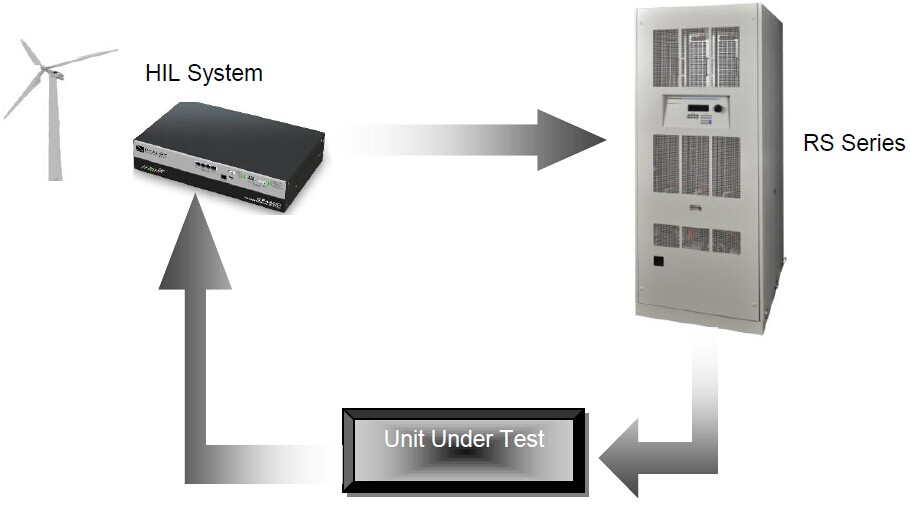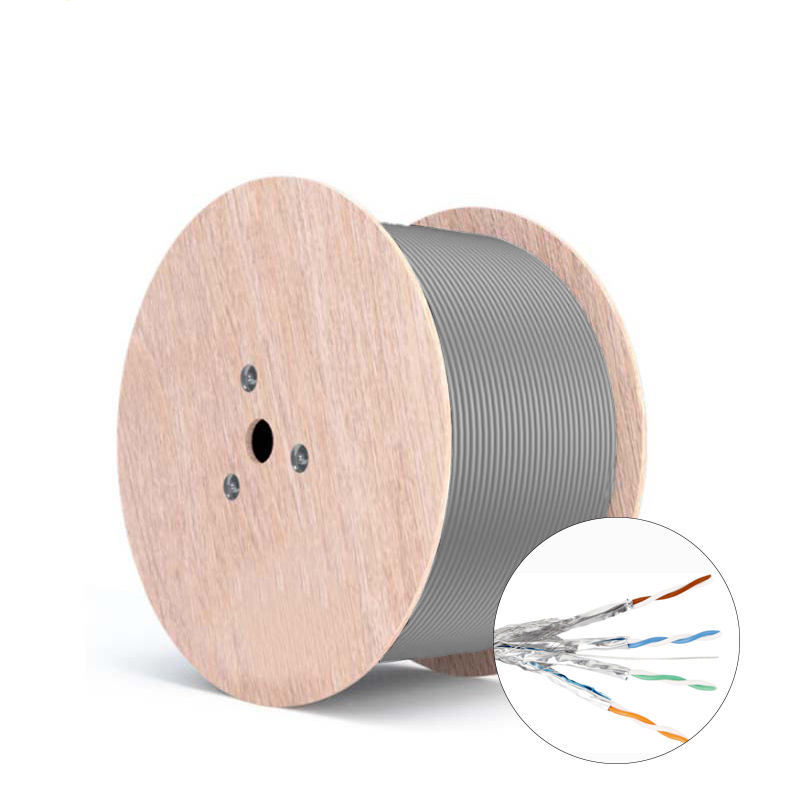AMETEK's program-controlled power supply division currently has Sorensen, ELGAR, AMREL, and California Instruments, which have the world's broadest line of program-controlled power supplies, providing complete solutions for diverse customers in multiple fields. Recently, it officially released the external drive option -EXTD for high-power renewable programmable AC power RS ​​series products.
HIL (Hardware-In-The-Loop , referred to as HIL) technique commonly used for real-time embedded systems Simulation Power Plant by HIL simulation techniques may be real-time feedback and control of complex systems. Common applications include power plant simulation, hybrid vehicle testing, renewable energy generation and its impact on the public grid.

The RS series power supply is equipped with advanced digital signal control methods for the power amplifier inside the power supply, such as GPIB or LAN, but because of its inherent 100ms control delay, real-time control simulation is not suitable. After adding the -EXTD option, The RS series power supply is controlled in real time by analog signals. The delay is typically reduced to 100us. Essentially, the RS series power supply with the -EXTD option is used as a high bandwidth amplifier, while the internal DSP continuously monitors the output to ensure safe operation.

Figure 1: Sine wave input and junction output. Orange is the external drive input signal, red is the output of the RS
The latest series of RS products are available in output ranging from 90kVA to 1MVA, using AMETEK 's high performance Pulse Width Modulation (PWM) switching technology to provide advanced performance solutions for AC power test applications.
The cat7 Lan Cable are an eight-core Shield wire. Each pair has a Shield layer (commonly called a Foil Shield), and then a Shield layer (commonly called a Braided screen Shield) outside the eight cores, with the same connection as the RJ-45.The highest transmission frequency of the CAT7 Ethernet Cable S/FTP is 600MHz, and the transmission frequency of the CAT7 Network Cable is 1000MHz.
There are a number of significant differences between the six and seven cabling systems, the most obvious of which is bandwidth.The CAT6 cable of channels provide a comprehensive attenuation to crosspoint ratio of at least 200MHZ and an overall bandwidth of 250MHZ. CAT7 of systems can provide at least 500MHZ of comprehensive attenuation to crosspoking ratio and 600MHZ of overall bandwidth.
The proliferation of broadband applications has created a need for more bandwidth.For example, a typical CAT7 channel can provide a bandwidth of 862MHZ for the transmission of video signals, analog audio signals on another pair, and high-speed LAN information on a third or fourth pair.
Another difference between the CAT6 patch cable and cat7 patch cable systems is their structure.The six types of wiring systems can use either UTP or STP.The seven types of systems are based only on shielded cables.In the cat7 network cables, each pair has a shield layer, and four pairs of wires together have a common shield layer.In terms of physical structure, the additional shielding layer makes the CAT7 Ethernet Cable have a larger diameter.
Another important difference is its ability to connect hardware. The parameters of the cat7 patch cable of systems require that all pairs of wires provide at least 60DB of integrated proximal winding at 600MHZ.The cat6 systems only require 43dB at 100MHZ and 46dB at 250MHZ for the cat6 patch cable.

Cat 7 Ethernet Cord,Cat7 Lan Cable,Cat 7 Ethernet Cable,Cat 7 Network Card
Shenzhen Kingwire Electronics Co., Ltd. , https://www.kingwires.com
